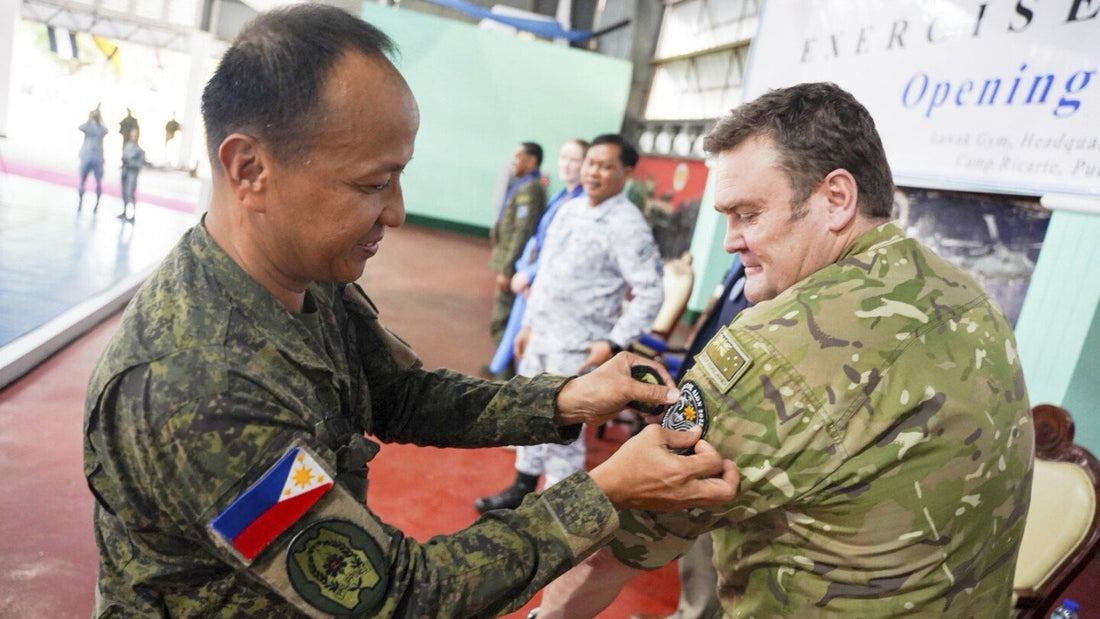Australia and Philippines Conduct Largest Joint Military Exercise Amid South China Sea Tensions

Australia commenced its largest-ever military exercises with the Philippines on Friday, bringing together over 3,600 troops for live-fire drills, beach assaults, and coordinated battle maneuvers near the disputed South China Sea, a region where tensions with China have been rising.
Named "Alon," meaning "wave" in Tagalog, the joint exercises will continue until August 29, highlighting Australia's military capabilities. The drills include the use of a guided-missile destroyer, F/A-18 supersonic fighter jets, C-130 transport aircraft, Javelin anti-tank weapons, and special forces sniper units.
Military officials stated that forces from the United States, Canada, Japan, South Korea, New Zealand, and Indonesia will attend as observers.
Vice Admiral Justin Jones of the Royal Australian Navy emphasized that the exercise demonstrates Australia’s dedication to a free and open Indo-Pacific.
"This exercise reflects Australia’s commitment to working with partners to ensure we maintain a region where state sovereignty is protected, international law is followed and nations can make decisions free from coercion," Jones remarked.
He further noted that the drills allow them to "practice how we collaborate and respond to shared security challenges and project force over great distances in the Indo-Pacific."
Australia is the second nation after the United States to establish a Visiting Forces Agreement with the Philippines, facilitating substantial troop deployments for exercises in each other's territories. Manila has completed a similar agreement with Japan, set to be effective next month, and is negotiating additional defense pacts with France, Canada, and other partners.
China has criticized the multinational exercises, alleging that the U.S. and its allies are "ganging up" to militarize the South China Sea. Beijing asserts sovereignty over nearly the entire waterway, a significant global trade route, despite conflicting claims from the Philippines, Vietnam, Malaysia, Brunei, and Taiwan.
The drills take place shortly after increased tensions in the region. On Monday, a Chinese navy ship collided with a Chinese coast guard vessel while attempting to obstruct a Philippine patrol near the Scarborough Shoal. The Australian Embassy in Manila condemned the incident, labeling it "dangerous and unprofessional" and calling for "de-escalation, restraint and respect for international law."
In response, the U.S. dispatched two warships to the shoal as part of a freedom of navigation operation challenging China’s extensive maritime claims.
Earlier this year, tensions escalated when a Chinese J-16 fighter jet discharged flares within 30 meters of an Australian P-8 Poseidon surveillance aircraft in international airspace, prompting strong protests from Canberra.



















